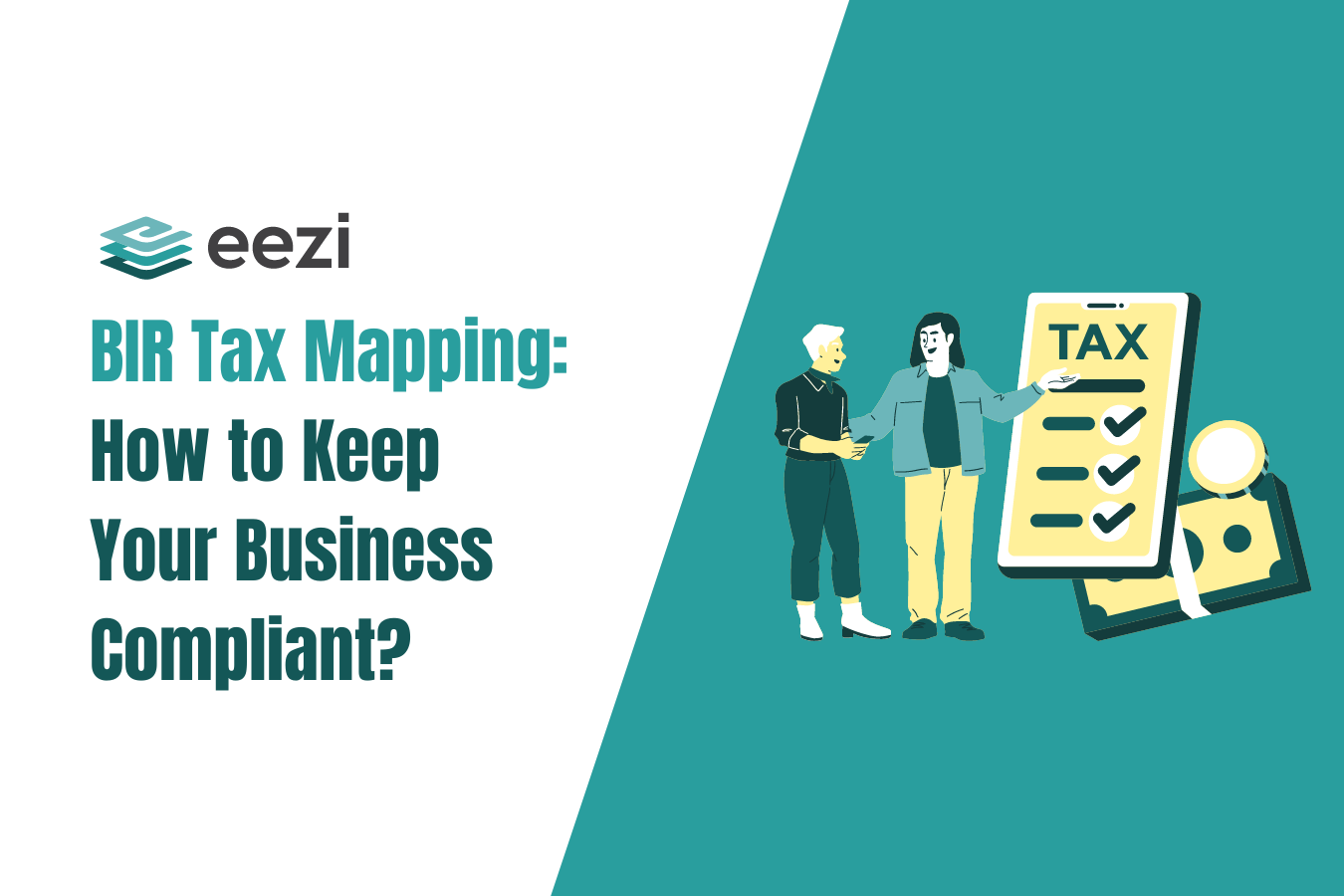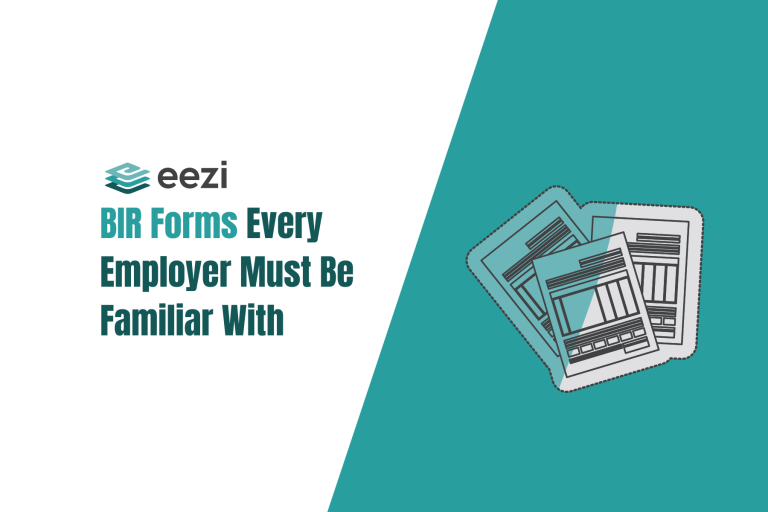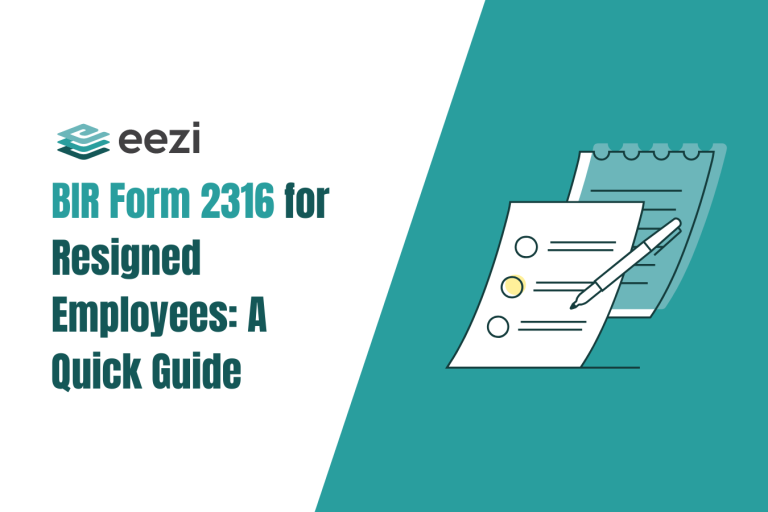Everything you need to know about the BIR Tax Mapping.

As a business owner, it is important to know and comply with the tax requirements of the place of your business. In the Philippines, all tax matters are under the jurisdiction of the Bureau of Internal Revenue (BIR).
BIR is the government agency with the mandate to assess and collect all national internal revenue taxes and all other related fees. Also, part of their mandate is to perform other activities, such as tax mapping.
What is the BIR Tax Mapping?
Tax mapping, also known as Tax Compliance Verification Drive (TCVD), is an enforcement program initiated by the Bureau of Internal Revenue (BIR) in the Philippines. It evaluates the tax registration and compliance of various entities and business establishments operating in the country.
This program seeks to expand the tax base, enhance tax compliance, and improve tax collection efforts. The BIR conducts unannounced visits to business establishments to assess their adherence to regulations related to business registration and taxation.
During these visits, revenue officers examine and verify the business’s tax compliance status. Such visits ensure that businesses meet the necessary requirements and obligations.
What is the actual tax mapping process?
Tax Mapping is the BIR’s way of ensuring that establishments are compliant with tax laws and regulations. To make sure your establishment is up-to-date with the current tax laws and BIR rules, below are the steps that you can take.
Before the actual visit, the BIR issues a notice to allow establishments to prepare their documents for tax mapping. This comes in the form of a Reminder Letter that the bureau generally issues two weeks before the actual visitation.

What to do on the day of the tax mapping?
- Prepare the required documents and records, including your financial statements, tax returns, and other supporting documents.
- Ensure that your business is open around the expected BIR visit dates. During the visit, show the necessary documents and answer any possible questions that the BIR officer may have.
- Allow the bureau officer to conduct an inspection of your establishment’s premises. This may also include opening your accounting books, records, and other documents.
- Review and evaluate the recommendations and findings of the BIR officer.
- If there are any, implement the necessary changes and improvements to your establishment’s tax compliance practices.
- Follow up with the BIR officer assigned to your establishment to ensure that all recommendations and findings have been addressed.
- Wait for the BIR officer to issue a Certificate of Tax Compliance (CTC). You will receive this if your establishment has complied with all the requirements.
Lastly, non-compliance can result in BIR tax mapping violations, which can lead to penalties.
BIR tax mapping requirements
During BIR tax mapping, the Bureau of Internal Revenue (BIR) checks various documents and compliance requirements. This is to ensure that establishments are following tax laws and regulations.
However, the specific requirements may vary depending on the nature of the business and the BIR’s guidelines.
Here are some of the common documents and requirements that businesses should prepare during BIR tax mapping:
- Certificate of Registration (BIR Form No. 2303): This is the taxpayer’s registration of the head office and branches. It should be displayed in a conspicuous place.
- Authority to Print (ATP) Invoices and Receipts (BIR Form No. 1906): All businesses engaged in printing receipts and invoices should secure an ATP from the BIR. The ATP must be obtained simultaneously with the Certificate of Registration for newly registered taxpayers.
- Notice to Public/ “Ask for Receipt” signage: This is a red sign that should be displayed in a visible area, reminding customers to ask for an official receipt for their transactions.
- Registration of cash register machines (CRM) and/or components: Businesses using CRM should register them with the BIR and obtain the necessary permits. The same is true for the Computerized Accounting System (CAS).
- Display registration: Display of registration notices, including other related requirements
- Proof of Annual Registration Fee (BIR Form No. 0605): This document serves as proof of payment for the annual registration fee, which should be paid on time.
- Proper Invoicing: Businesses should issue official receipts or sales invoices for every transaction and should not use unregistered receipts or invoices.
- Maintenance of registered book of accounts: Business transactions should be recorded in a registered book of accounts for easy audit and checking.

How to register your Book of Accounts
The steps to registering Book of Accounts are different for individuals and corporations.
New registration for individuals engaged in business
Form needed: BIR Form 1905 for submission to your RDO
Required documents
For manual books of accounts, you will need your sets of bound books for registration or stamping.
On the other hand, the registration of the manual loose-leaf book of accounts requires the following in accordance with bookkeeping regulations:
- Loose Leaf Books of Accounts permit to use
- Loose Leaf Books of Accounts (permanently bound)
- Affidavit of completeness, accuracy, and correctness of Books of Accounts entries and the Loose Leaf used for the period
However, if you are transacting through a representative, you will need a Special Power of Authority (SPA). With this, you will also need a government-issued ID of your authorized representative. Finally, you must submit all of these before filing the first quarterly income tax return or the annual income tax return, depending on which comes first.
What happens if a business avoids tax mapping?
Suppose a business avoids tax mapping or fails to comply with the BIR tax regulations. As a result, there can be several repercussions. A tax mapping violation can have varying degrees of consequences.
Fines and penalties
The bureau can impose fines and penalties for non-compliance with the Tax Mapping requirements. This, in turn, can be a significant cost to the business.
Depending on the violation, the penalty can range between Php 1,000 to Php 20,000. Furthermore, the violation could also be as simple as failing to display the necessary BIR documents or failure to register the business altogether.
Issues in bookkeeping and invoices, including failure to provide official receipts or using registered devices for a different purpose, the penalties can range from Php 1,000 to Php 50,000. The actual fine depends on the violation and its extent.
Legal action
Failure to comply with tax regulations can also result in legal action, which may include civil or criminal charges. Such events can damage the business’s reputation and financial stability.
Interest and late fees
If the visiting BIR officer finds the business has failed to pay taxes on time, they may be subject to interest and late payment fees. Additionally, this can accumulate over time and result in substantial financial costs.
Loss of business license
The government may suspend or revoke a business’s license. This is if they are non-compliant with tax regulations, which can result in a loss of revenue and sometimes lead to closure.
Audits
Businesses that avoid BIR tax mapping are more likely to be audited by tax authorities. Furthermore, it is a time-consuming and costly process that can also result in additional fines and penalties.
In summary, it is essential for businesses to comply with tax regulations. Additionally, they should also be part of the tax mapping to avoid repercussions and ensure the long-term sustainability of their operations.
Related: BIR Form 2316 guide for resigned employees
Keep your business compliant with tax rules.
Enroll your business with eezi’s payroll software and keep your business compliant with the latest tax rules.



